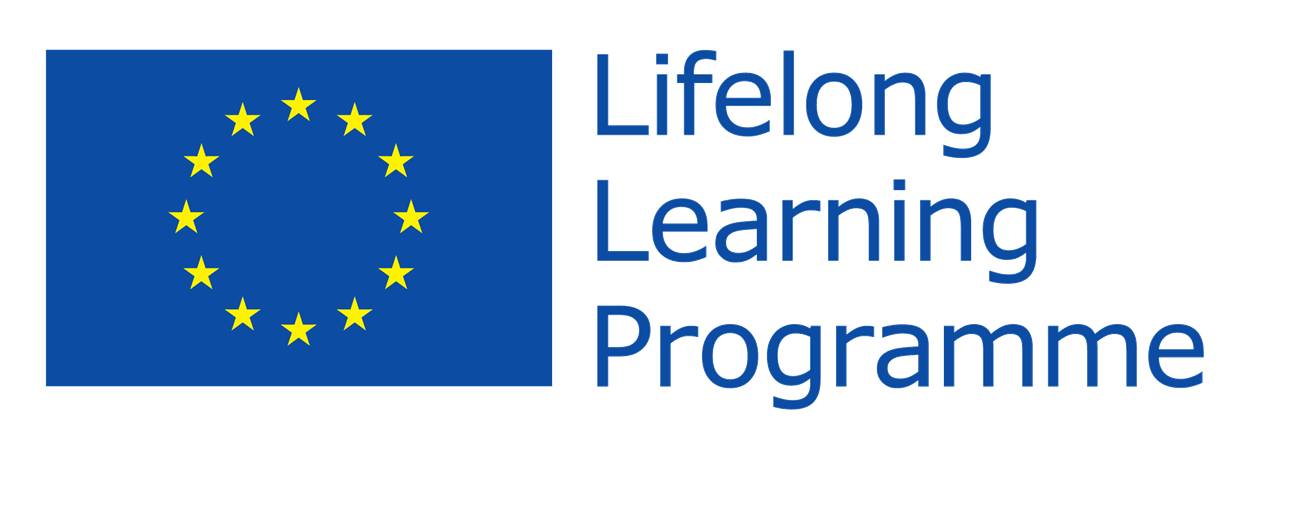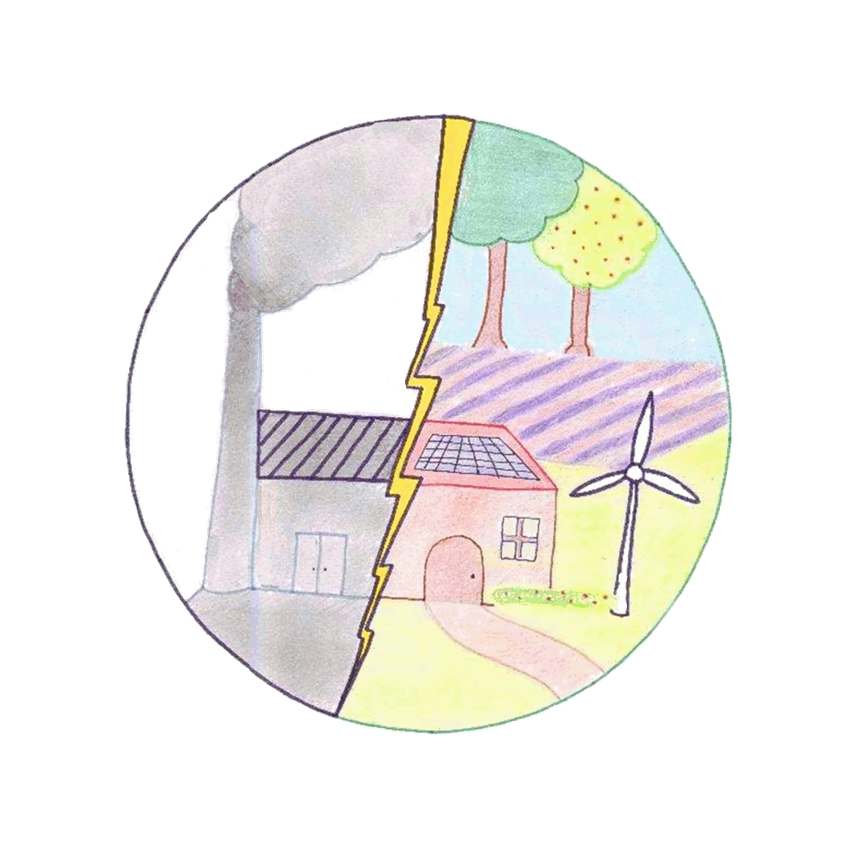Mobility 1 in Ayr
Wind energy- An important Mainstay in renewable energy - Day 1
During the first morning of the Comenius mobility in Ayr, we were divided into groups and asked to make a presentation on the work we had done the different types of renewable energy in all 3 languages. The most important part of the subsequent presentations was that no one spoke their native language.
This was a recurring idea throughout the duration of the workshop. In the afternoon, we had the opportunity to gain a better understanding of one of the renewable energy sources. We went on a visit to Whitelee Windfarm.
Hydroelectric Power - An efficient green energy? - Day 2
On Tuesday 25th September 2012 a combined group of German, Scottish and French students went on a trip to the Cruachan Hydroelectric Power Station in Argyll and Bute. The station itself was built inside the mountain after the excavation of over 220,000 m3 of rock. There are four turbines. They act as generators when water is pushed through them which generates the power but they also work as pumps during off-peak times. They pump water from Lake Awe up to the reservoir 360m above the station on top of the mountain, Ben Cruachan. The students were taken on a tour into the mountain to see the turbine room. We were told there, that the station is able of reaching its full capacity of 440MW in under 2 minutes and if the turbines are spinning on standby, full productivity can be achieved in just 30 seconds. But is it really a green power station? We don't think so. Of course they don't produce CO2- emissions, but in order to keep the level of water high enough in the reservoir above, they need to use energy from other stations to pump water back up the mountain. Its economic success is only because they sell the energy they produce at busy times and use cheap energy during off-peak times to pump the water up. When the group arrived back at Wellington School, all of the students from the 3 participating schools were given a presentation by a former Wellington pupil, Dr Carol Goodall. She told us about a project by Hammerfest Strøm in Norway. The idea is to install a number of propellers in the sea off the coast of Norway that will generate energy by harnessing tidal power.
King Coal - Day 3
On the 26th September 2012, the third day of our Comenius workshop in Ayr we wanted to get a better understanding of coal power. To do this we went to Longannet coal power plant. While one group visited the small village of Culross, the other group had a tour of the plant, including a presentation, which gave more information regarding the working methods and similar information. With a yearly energy production of 2400MW, the plant has the biggest input in the Scottish Energy market, but is this system state of the art? We don't think so, because with enormously high CO2 emissions coal fire power has a considerable negative effect on the climate and the environment.
Of course the plant tries to cover this up; it is reported that they have high standards and cooperate with many different environmental authorities.
However the negative effects can't be ignored. Finally we agreed that currently in countries such as Scotland, we should concentrate on resources for renewable energy such as wind and tidal power. After this very interesting trip, we gathered for the traditional Ceilidh, Scottish party with dancing and bagpipe music.
The Future of Solar and Wind Power - Day 4
On the day before our departure, we reminded ourselves of the project´s main theme: Wise-up now to your eco-future. We did some experiments about the uses of wind and solar energy. We experimented with solar panels to find out when they function most efficiently. We investigated tidal energy in a hands-on manner, too. In groups, we had a competition to build the most efficient wave generator.
In the afternoon we went to the beach and floated the generators in the sea. Some worked better than others. We concluded that we should not rely on one source of energy alone as the necessary resources may not always be available. We should, therefore, develop a range of renewable energy resources depending on the natural resources available in each country. We spent our final evening with our host families and exchange and they organised a range of activities for us.
Conclusion to an exciting Mobility - Day 5
After many exciting experiments and interesting trips, we met at Wellington School one last time to again exchange views on our experiences and discuss new ideas for the development of the next workshop in Dortmund. Finally Mr. Parlour, the head teacher of Wellington School, gave us each a certificate for participating in Comenius- Project in Ayr. Everyone was sad to be saying goodbye but we knew we would see each other at another workshop in Dortmund.




